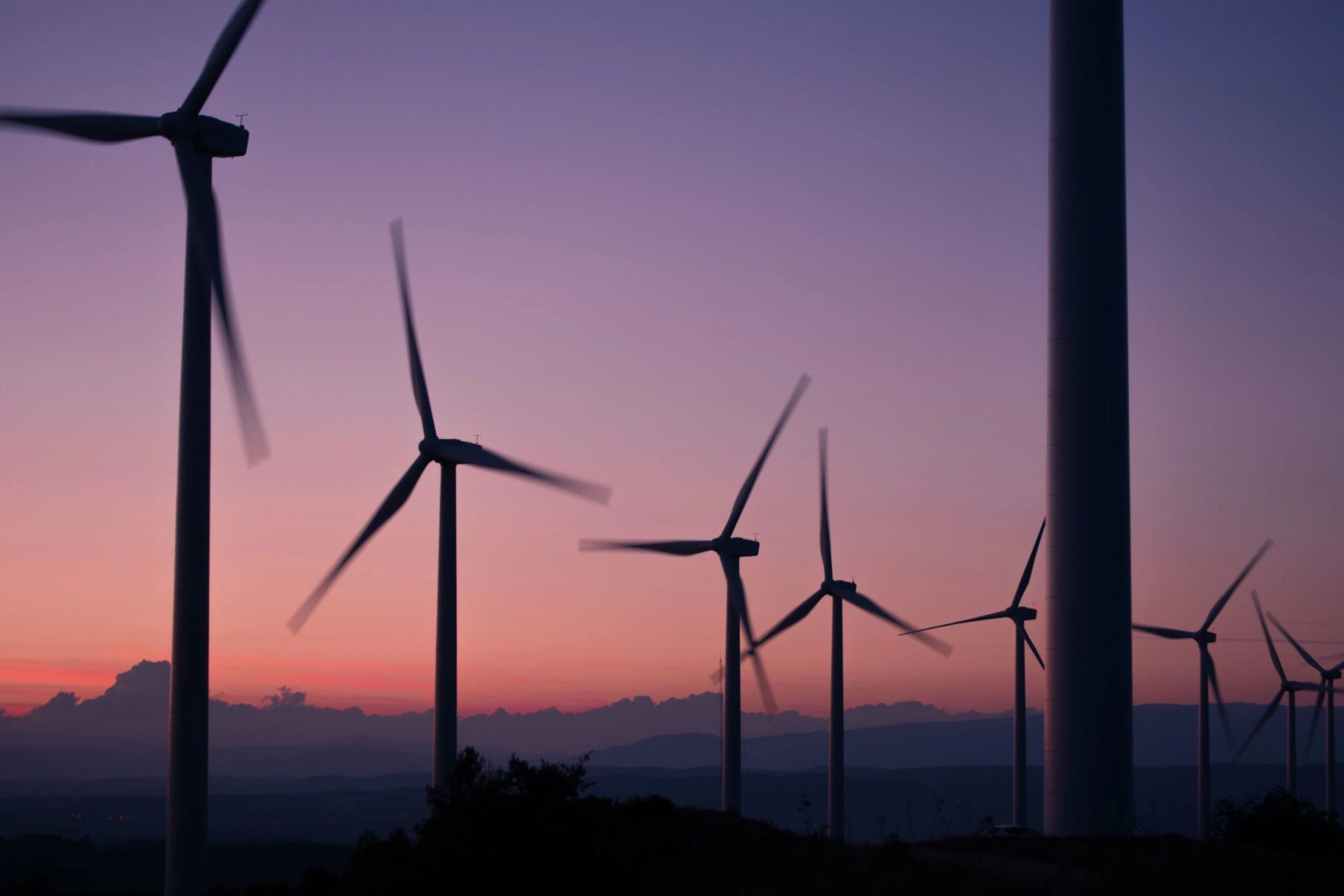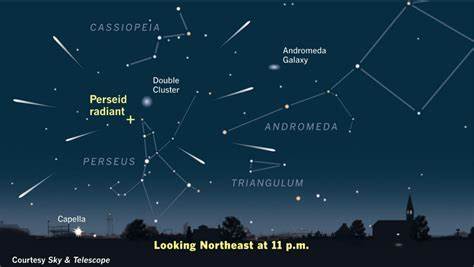New Restrictions to Impact Wind and Solar Development in Alberta
Premier Danielle Smith unveiled stringent regulations on Wednesday, restricting the locations for wind turbine installations and imposing challenges for solar panel setups on agricultural lands.
The announcement garnered acclaim from rural municipalities but elicited frustration among proponents of green energy.
During a press conference in Edmonton, Premier Smith highlighted concerns about the rapid expansion of Alberta’s renewable energy sector, which accounted for 92% of Canada’s new renewable energy generation and capacity in 2023.
“Renewables have a role in our energy mix, but they remain intermittent and unreliable,” Smith remarked. “They are not the panacea for Alberta’s electricity needs nor its affordability.”
In response to these concerns, the provincial government will lift a seven-month pause on approving new renewable energy projects on Thursday, with 26 projects awaiting regulatory approval, Smith added.
Throughout the pause, the Alberta Utilities Commission (AUC), responsible for regulating the local utilities sector, conducted an inquiry focused on land use, reclamation, and grid reliability.
By the end of the week, significant changes will be implemented affecting an industry that invests billions of dollars in the province.
Among the changes causing the most surprise is the introduction of a 35-kilometer buffer zone around protected areas and ‘pristine viewscapes’ — a term acknowledged by Affordability and Utilities Minister Nathan Neudorf on Wednesday as subjective. New wind turbines will be prohibited in these zones, while other projects will undergo visual impact assessments.
If this buffer zone is enforced across all parks and protected areas in southern Alberta, Jason Wang, senior analyst with the Pembina Institute’s electricity program, estimates that three-quarters of the land would be off-limits for turbine installations. The institute serves as a think-tank for clean energy transition policy.
“That’s where most of Alberta’s renewable advantage is,” Wang said. “It’s in the sunny south. It’s in the windy parts of the province.”
Wang expressed concern about the unequal treatment of different types of energy projects.
Ashley M. Stevenson, press secretary for Minister Neudorf, stated that the government has not yet finalized the restricted windmill zones, which will primarily be concentrated in western Alberta, closer to the Rocky Mountains.
Alberta will now prohibit renewable power installations on its most fertile and productive farmland, known as Class 1 and Class 2 soil, unless the project proponents can demonstrate concurrent agricultural use for crops or livestock.
A government representative noted that this regulation affects approximately 27% of the province’s agricultural land.
Heather MacKenzie, executive director of Solar Alberta and an industry advocate, mentioned that solar panel installers already steer clear of placing panels on prime farmland.
According to a University of Calgary study conducted last year, the installation of sufficient solar panels to enable Alberta to achieve a net-zero power grid by 2035 would utilize a maximum of 0.08% of the province’s agricultural land.
Premier Smith announced that developers of renewable energy projects will now be required to provide a bond or security held in trust to cover potential future cleanup expenses, a measure she believes should have been implemented with the oil and gas industry from the start.
The Alberta Energy Regulator reports that there are currently over 170,000 wells across the province categorized as either inactive or abandoned.
The provincial government has yet to outline the specifics of a renewables liability management program or how it will compare to the obligations imposed on oil and gas companies.
Moreover, the government has opened the possibility for renewable developments on Crown land, to be evaluated on a case-by-case basis, a move positively received by industry stakeholders.
According to the Alberta Utilities Commission (AUC), among the projects awaiting approval, 25 involve solar installations, while one pertains to wind. Some include adjacent storage, substation, and connection facilities. Together, if all projects are approved, they would generate 3,450 megawatts of power.



